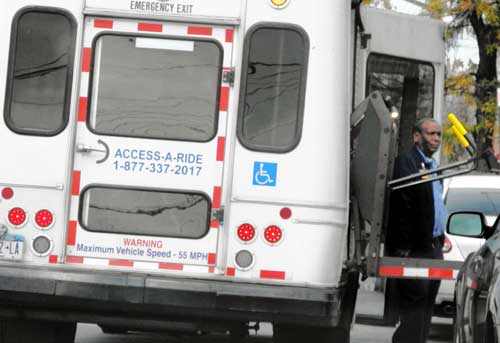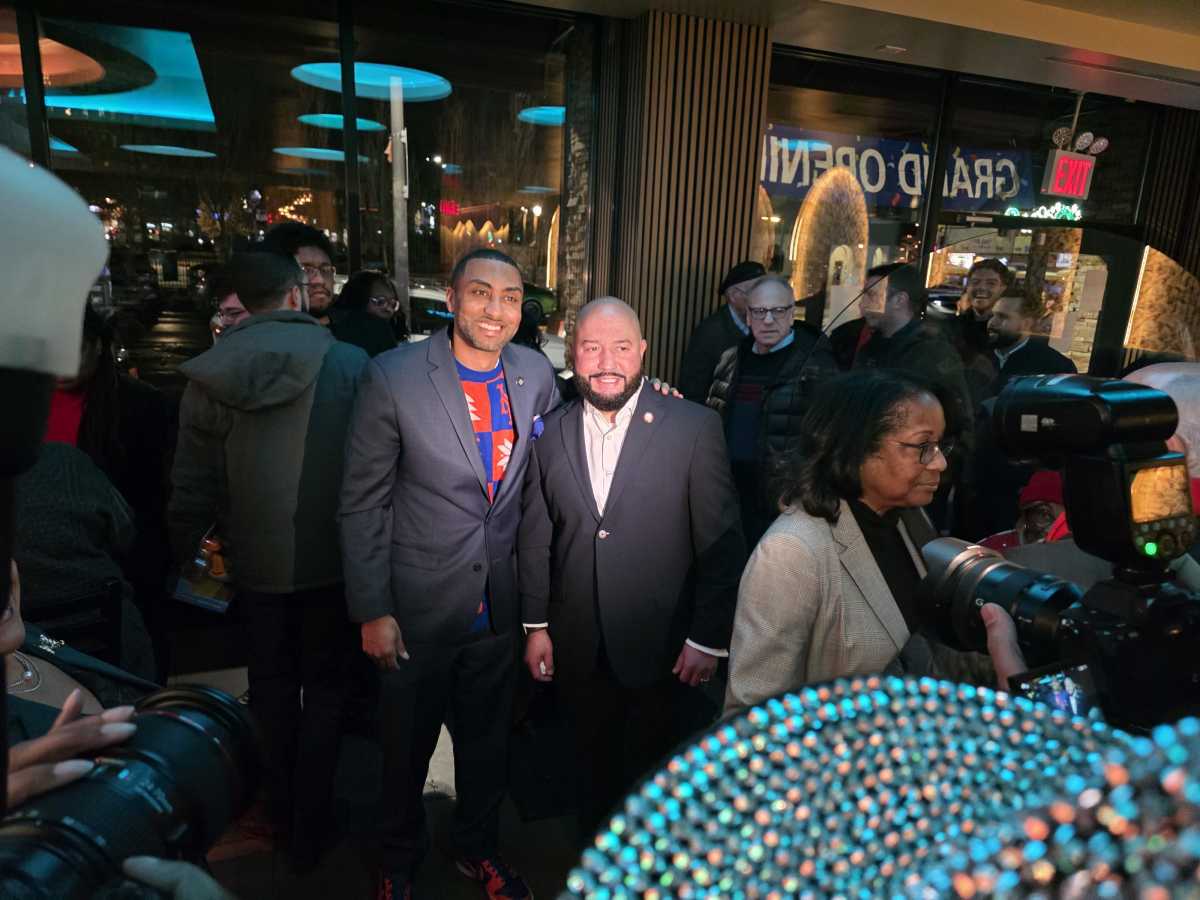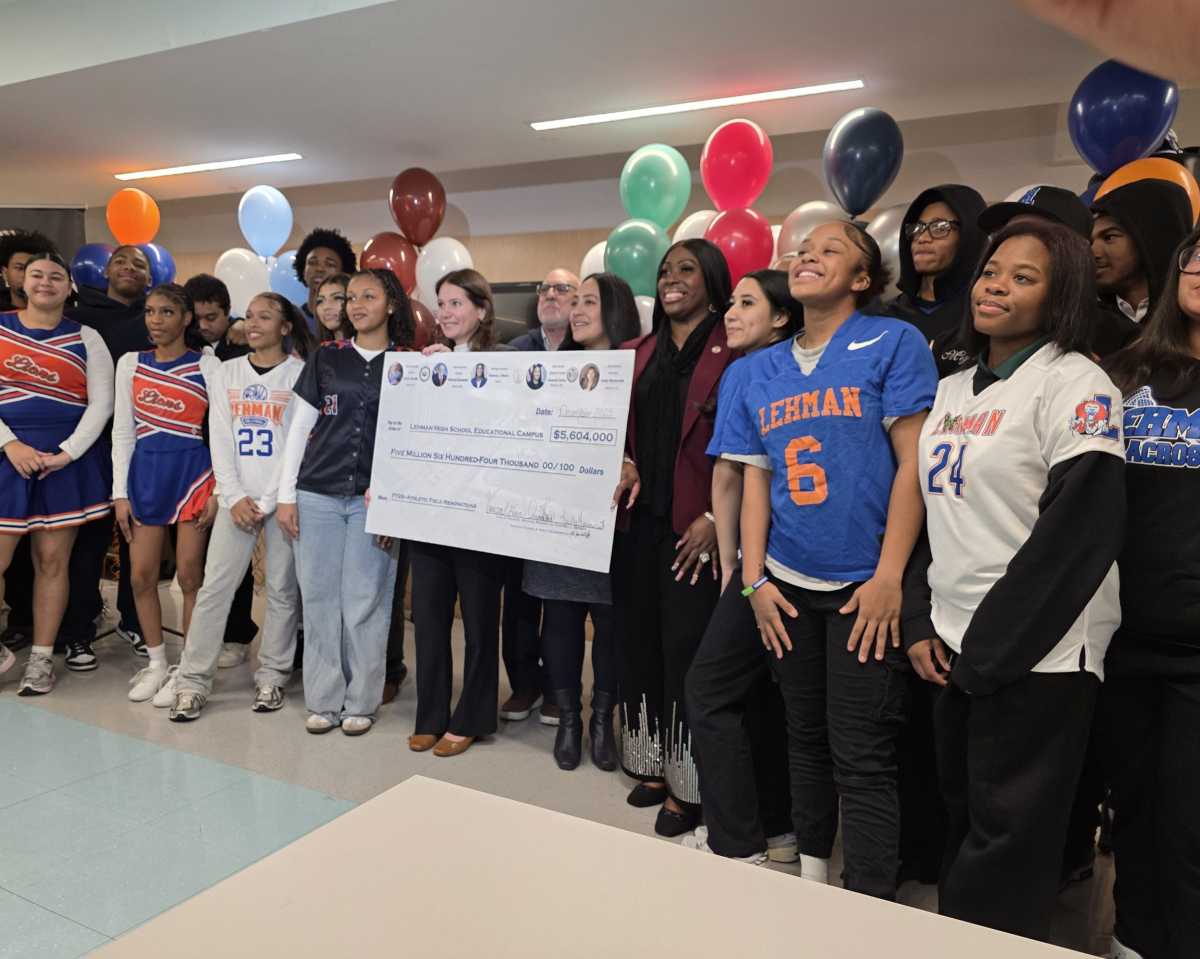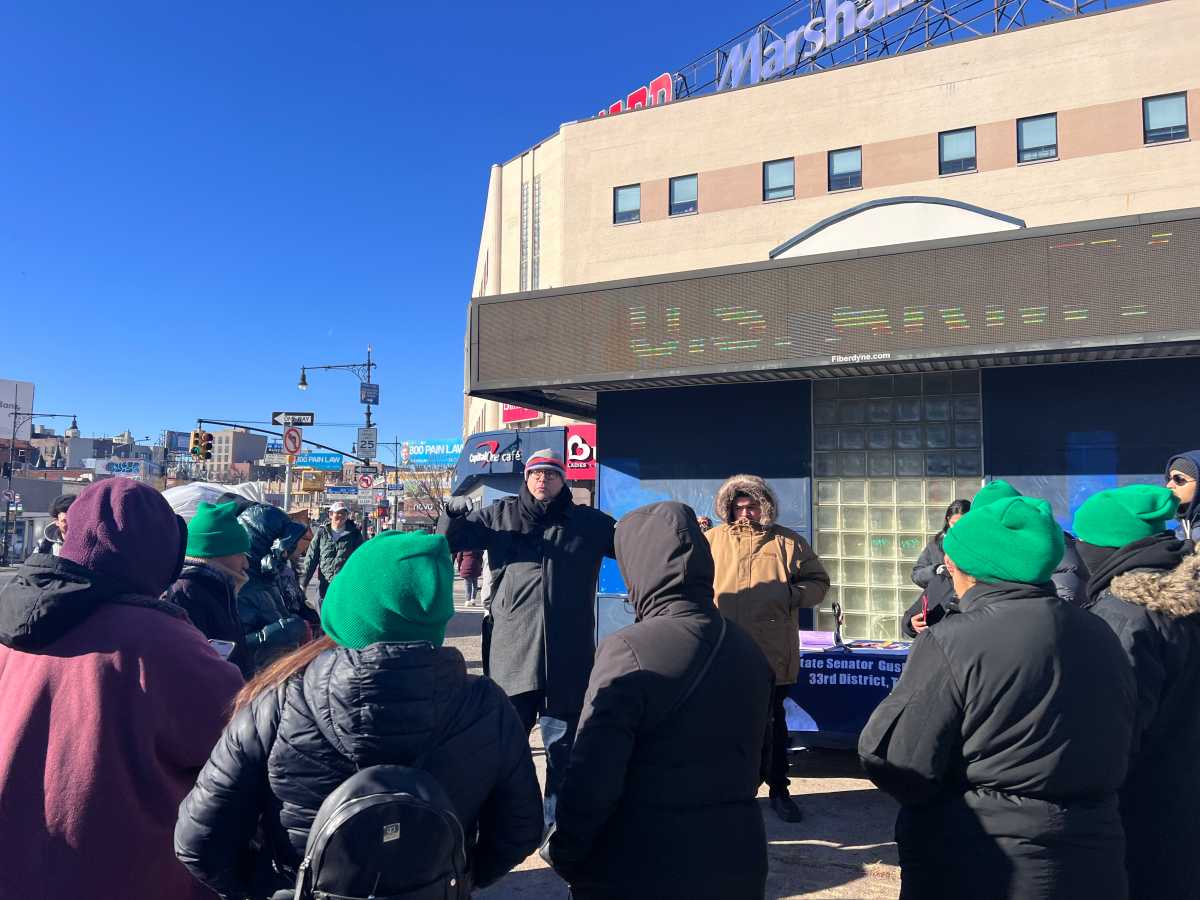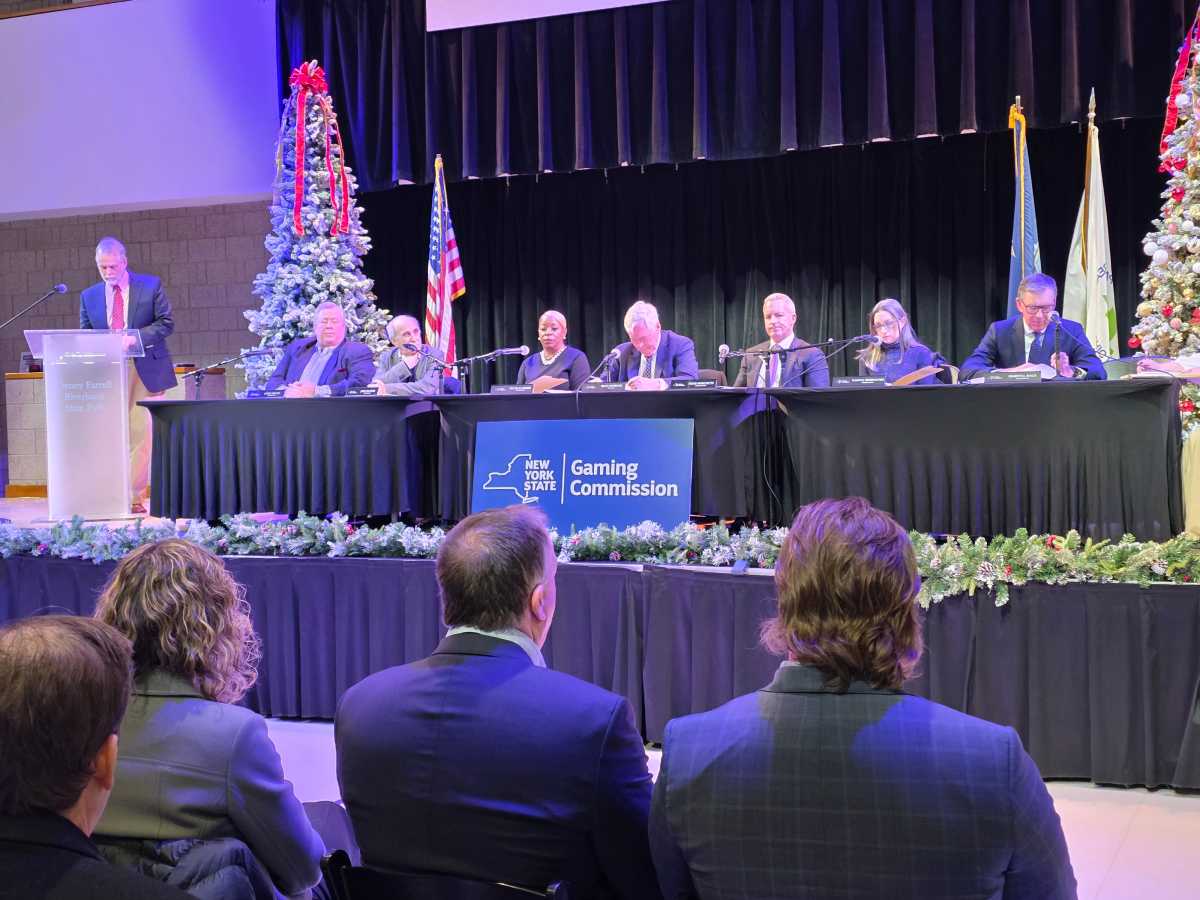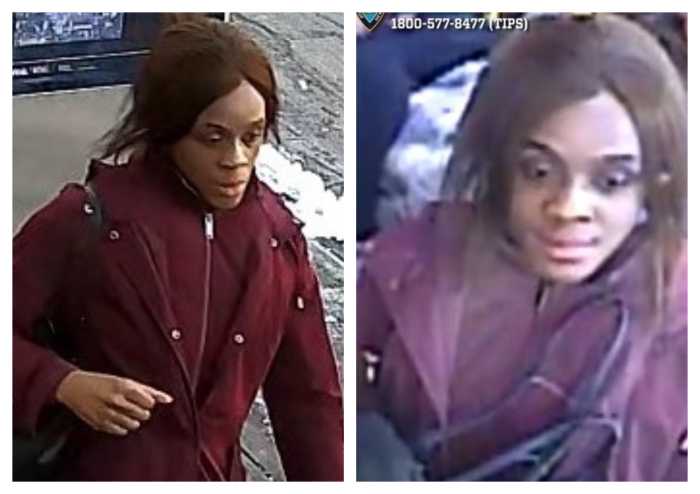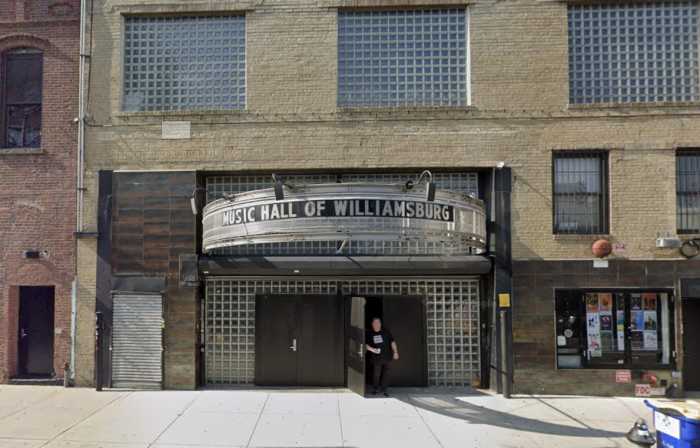City council candidate Jessica Haller, a resident of the Northwest Bronx, remembers when her grandfather would miss appointments after waiting for the Access-A-Ride — a paratransit service for those with disabilities preventing them from taking the subway or bus — that often didn’t show up. That was eighteen years ago, and the limited service is still riddled with issues, impacting areas with limited transit access like Haller’s.
City Council District 11 in the Northwest Bronx is known for its hilly terrain that poses mobility challenges for the large aging population and those with disabilities. Residents must rely on the flawed Access-A-Ride service, a congested bus system, and a single accessible subway station with an elevator, located at the 231 Street stop on the 1 train.
Though the area should be receiving a second ADA-compliant station at the Van Cortlandt Park 242 Street stop with the MTA’s 2020–2024 capital plan, the COVID-19 pandemic has possibly delayed that timeline. With the district’s upcoming special election on Tuesday, candidates agree that transit access is a key issue, but vary on their approaches to the ongoing crisis.
“In the Northwest Bronx, we have more people living half a mile or more away from a subway or a quarter mile away or more from a bus than anywhere else across the North Bronx,” said Haller, a climate activist, and tech entrepreneur. “It’s an issue for the disabled. It’s an issue for seniors. The only way we’re going to build a resilient community is if we address that.”
Candidate Daniel Padernacht is an attorney and longtime member of Bronx Community Board 8, where he’s chair of the traffic committee.
“As a city council candidate, having that experience is invaluable because of the knowledge and insight it gives in forming opinions on the direction our city should take,” he said.
During his tenure, he said he’s fought against the MTA’s proposed express bus cuts, which would limit accessible transit to downtown, and he has been one of many advocating for the community’s second ADA-compliant subway stop for nearly a decade.
According to advocates, installing elevators is only the start.
“Even [in] the accessible stations that are in the Bronx and in Riverdale, elevators are always an issue,” said Brett Eisenberg, the executive director of Bronx Independent Living Services (BILS). “One of our lawsuits against the MTA is about the maintenance of the system.”
Tashia Lerebours, the community liaison for Access-a-Ride at the Center for Independence of the Disabled, New York, said that sometimes a sign indicating an elevator outage will be on the ground floor, but not upstairs, leaving subway riders stranded between levels.
In addition to regular maintenance, having accessible information and signage, such as audible announcements in subway cars indicating that a station is accessible or that an elevator is out of service, is essential, said Colin Wright, a senior advocacy associate with TransitCenter. The MTA has been piloting this service.
“We’d like to see it across the system, because it’s really important to give people correct and accurate information before they reach the station,” said Wright.
Since there is only one subway line running along the east side of the district, many residents said they need to have a car to be able to go to the places that they need to get to work, said city council candidate Mino Lora.
“The only way we could get to east or west in public transportation is through buses and we need them to be much more efficient,” Lora wrote in an email.
In her platform, the activist and educator said she wants to ensure that bus service is expanded to dedicated bus lanes, like those on Manhattan’s 14th Street.
“When it comes to buses up by Riverdale and other areas, we need to make sure that they’re coming faster,” she said. “We need more express service because many of our neighbors are too far [from] the train.”
Lora said her background as a community organizer prepared her to tackle transportation issues.
“The role of the City Council, it’s to make it very difficult for the board of the MTA to ignore us, [it’s] to make the voices and flight and the struggles really loud,” she said.
Other candidates said they hope to improve the Access-A-Ride system for constituents where other forms of public transportation isn’t an option. Those who use the service only receive sixteen rides per month, Lerebours, CIDNY’s community liaison for Access-A-Ride, said. That won’t do for the many who use the service to get to work.
“The common misconception is that when people use Access-A-Ride, it’s only to go to the doctor’s appointment,” she said.
The program is flawed, stranding customers frequently and requiring that they “prove” their disability through a doctor’s note and a stair-climbing test, Lerebours said. This practice excludes those with invisible disabilities like Lerebours, who has epilepsy with seizures that prevent her from always being able to take the stairs in the subway.
Typically, users must schedule the service in advance, though there’s currently an on-demand pilot program, where riders can make appointments through an app. She’s worried that with the COVID-19 pandemic, this service might be rationed again. Advocates are encouraging legislators to preserve the service while eliminating the assessment centers.
Candidates like Haller aim to take a technological approach to address shortcomings in programs like Access-A-Ride, by including more people with phones for on-demand services and apps that could hold drivers accountable.
In addition to identifying ways to improve the Access-A-Ride program, Padernacht said he plans to install more pedestrian ramps and audio pedestrian signals throughout the district to make the community more accessible for those with limited sight.
Haller says that the decision of choosing which corners in the district receive features like pedestrian signals should be informed by data, to make sure they’re distributed based on need.
Candidates like Haller and Lora said they also hope to keep green initiatives in mind when it comes to reforming accessible transit.
“We have control of MTA buses and we need to make sure to have new buses that are energy efficient and electric,” said Lora.
Meanwhile, Haller said she would be interested in introducing smaller buses that are electric, less expensive to operate, and ADA-compliant. However, these buses would have to avoid the same pitfalls the MTA system’s encountered by ensuring that drivers are trained in using the ramps and check that everything on the bus works before each run.
Candidate Eric Dinowitz did not respond to requests for comment.
Eisenberg, the BILS executive director, said it’s key to remember transportation access goes beyond subway stations and buses: it also includes features like audio pedestrian signals.
“It’s thinking about how anyone with any sort of disability gets around,” Eisenberg said, adding that those are all potential changes that the city council can help make happen.


